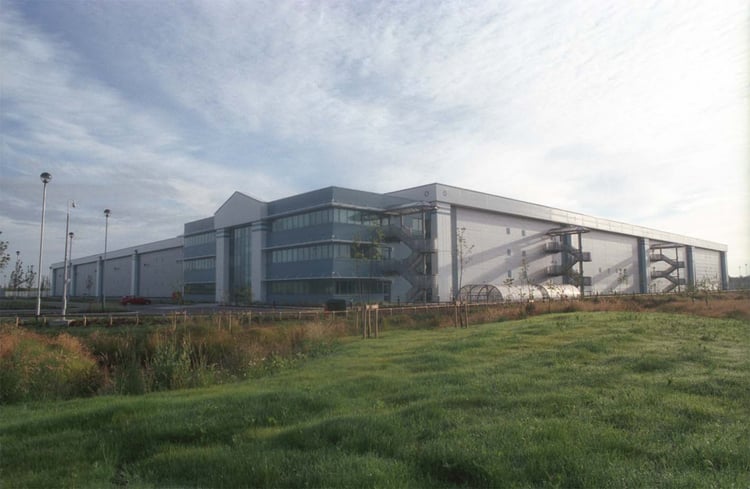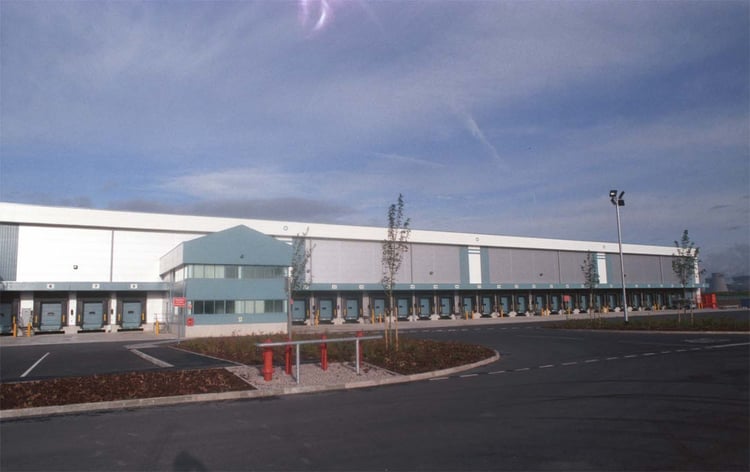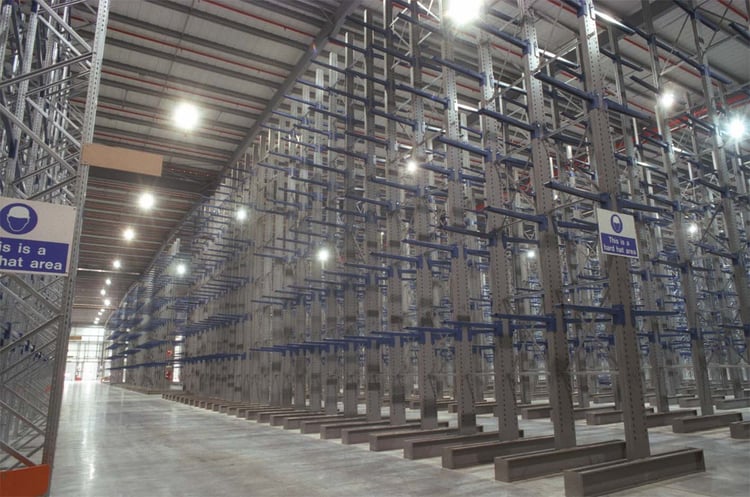
Initially, LPC International was retained by Newey and Eyre to review its supply chain activities to their circa 200 wholesale branches. Each branch operated effectively as a “stand-alone” business, being responsible for its own buying, stockholding, sales and local delivery operations. The UK was split into regions with each region providing, via a regional hub or “superbranch” some level of stock-cover over and above that carried by each branch. In turn the network was supported by a 90,000 sq.ft NDC at Warrington.

LPC identified that supply chain costs, inter-branch stock transfers, inventory costs, property costs and transportation costs could all be substantially reduced whilst, at the same time, improving stock availability through the introduction of proper centralised distribution. A DiPS computer model was built of the branch network and associated customer delivery operations and the model used to:
- Model a number of centralised distribution scenarios and to determine the optimum number and location of DC’s to guarantee next day delivery to all branches and customers.
- Determine the optimum number and locations of regional hubs to which goods should be trunked from the DC’s for transhipment and onward distribution to each branch.
- Determine the most economic stockholding policy conclusive to meeting company service level policy while minimising stocks in the network overall.
- Determine the fleet size and mix necessary to support the primary trunking operations, the secondary distribution operations (from outbases to branches) and tertiary operations (from branches to customers).
- Quantifying, on an elemental basis, the costs of each “link” in the supply chain, from which a business case was built to support a move to a new centralised Supply Chain Model. Journey planning, of primary and secondary transportation.
- Exploring opportunities for back-haulage and the use of trunker vehicles on otherwise empty return legs

As a result of LPC’s work, a new 330,000 sq.ft NDC was built at Runcorn and provision made for two further RDCs to be established, one in the South-East and one in Glasgow. The NDC carries the full range of 50,000 SKU’s with the regional hubs carrying further stock but only of 12,000 “core” lines. Branches now carry stock of circa 6,000 fast moving lines, with all other items being available on a same day basis from the regional hubs or overnight from the NDC.
The results of the study enabled Hagemeyer to develop a business strategy for the UK which has since been implemented. LPC were further retained to design the NDC and oversee the construction and fitting-out of the NDC which Hagemeyer operates on its own account.

LPC were also heavily involved in preparing an ITT for transport services, for the primary and secondary distribution operations. DiPS was fundamental to the whole exercise. It enabled the numbers and locations of DC’s and regional hubs to be determined and primary and secondary transports properly quantified for both the “before” and “after” situations. It also enabled the various tiers of costs of property, stockholding, branches, labour and tertiary distribution to be overlaid one on the other, to identify areas where costs and performance could be improved.


